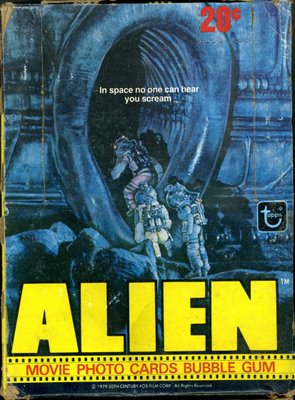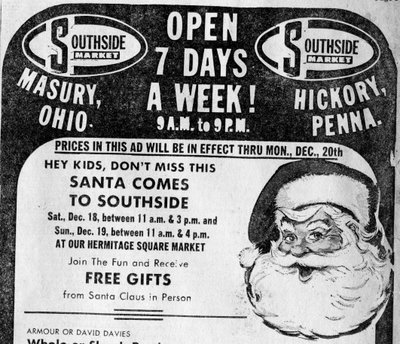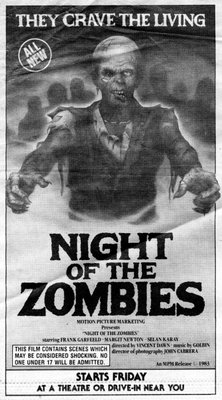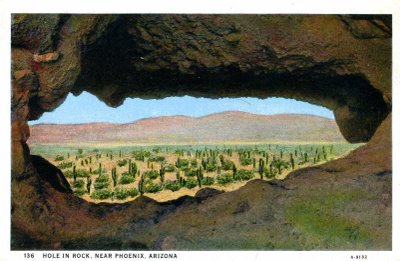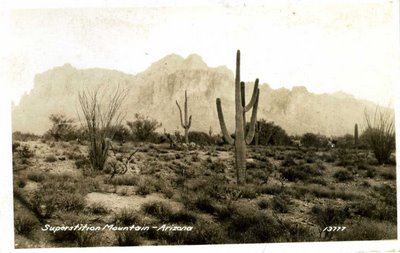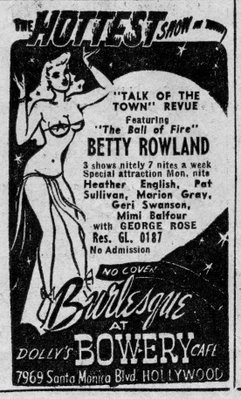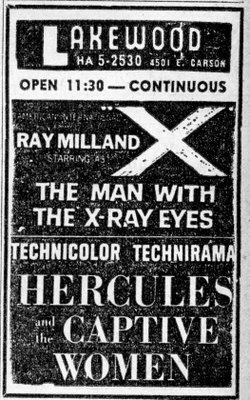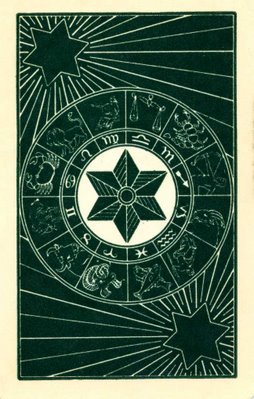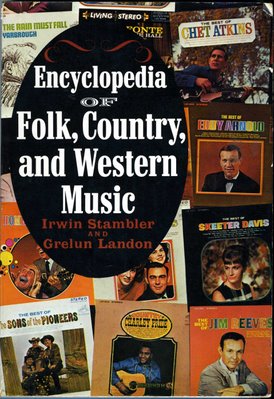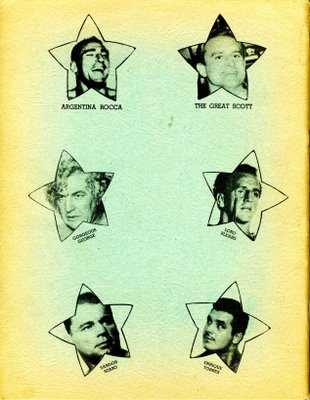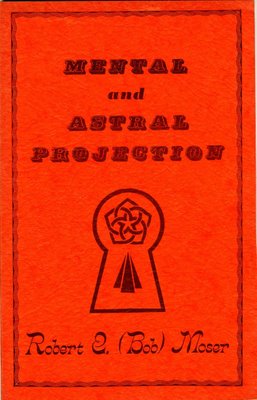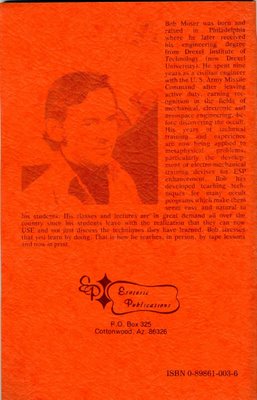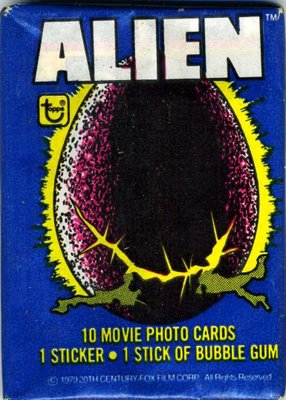
Wednesday, November 29, 2006
Tuesday, November 28, 2006
Sunday, November 26, 2006
Tuesday, November 21, 2006
Monday, November 20, 2006
Sunday, November 19, 2006
Saturday, November 18, 2006
Friday, November 17, 2006
Thursday, November 16, 2006
Wednesday, November 15, 2006
Tuesday, November 14, 2006
Monday, November 13, 2006
Sunday, November 12, 2006
Saturday, November 11, 2006
Wednesday, November 8, 2006
Tuesday, November 7, 2006
Monday, November 6, 2006
Sunday, November 5, 2006
Saturday, November 4, 2006
Friday, November 3, 2006
Thursday, November 2, 2006
Wednesday, November 1, 2006
Make a Day of the Dead Skull

For this project you will need: wheat paste and plastic dishpan to mix it, 9" balloons, Vaseline®, newspapers, paint brushes, acrylic paint, glue. Optional: glitter, sequins, ribbons, paper flowers, etc.
Getting Ready:
Rip newspapers into long strips.
Mix wheat paste according to package directions.
Inflate balloons and cover with Vaseline®.
Making Your Skull:
Dip each newspaper strip separately into the wheat paste, holding both ends of the paper. Lay the strips over the balloon smoothly. Make sure they overlap. Build up two or three layers of newspaper over the entire balloon. Smooth out each layer.
Dip several strips of newspaper into the paste. Wad them into three balls. Place the balls on the face of the skull to make cheekbones and a chin. Hold the balls in place with more pasted strips. Set the skull aside for several days to dry.
When your skull is completely dry, prick it with a pin to pop the balloon inside. Paint it with two white base coats to cover the black newsprint. Now paint over the base coats with a bright color. Set aside to dry.
Now let your imagination and paint brush run wild! Paint your skull with bright flowers, trailing vines, and leaves. The more colorful, the better! Let it dry, then seal (paint) the skull with a mixture of glue and water to protect it.
When your skull has dried, add glitter, sequins, and other decorations to make it as festive as possible. If you use glitter, seal it with glue and water to keep it from flaking off.
Day of the Dead Altars

In homes observant families create an altar and decorate it with items that they believe are beautiful and attractive to the souls of their departed ones. Such items include offerings of flowers and food, but also things that will remind the living of the departed (such as their photographs, a diploma, or an article of clothing), and the things that the dead prized and enjoyed while they lived. This is done to entice the dead and assure that their souls actually return to take part in the remembrance. In very traditional settings, typically found only in native communities, the path from the street to the altar is actually strewn with petals to guide the returning soul to its altar and the bosom of the family.The traditional observance calls for departed children to be remembered during the first day of the festivity (the Day of the Little Angels, "Día de los Angelitos"), and for adults to be remembered on the second day. Traditionally, this is accompanied by a feast during the early morning hours of November the 2nd, the Day of the Dead proper, though modern urban Mexican families usually observe the Day of the Dead with only a special family supper featuring the bread of the dead. In southern Mexico, for example in the city of Puebla, it is good luck to be the one who bites into the plastic toy skeleton hidden by the baker in each rounded loaf. Friends and family members give one another gifts consisting of sugar skeletons or other items with a death motif, and the gift is more prized if the skull or skeleton is embossed with one's own name. Another variation found in the state of Oaxaca is for bread to be molded into the shape of a body or burial wrap, and for a face to be embedded on one end of the loaf. During the days leading up to and following the festivity, some bakeries in heavily aboriginal communities cease producing the wide range of breads that they typically sell so that they can focus on satisfying the demand for bread of the dead.

Subscribe to:
Comments (Atom)

